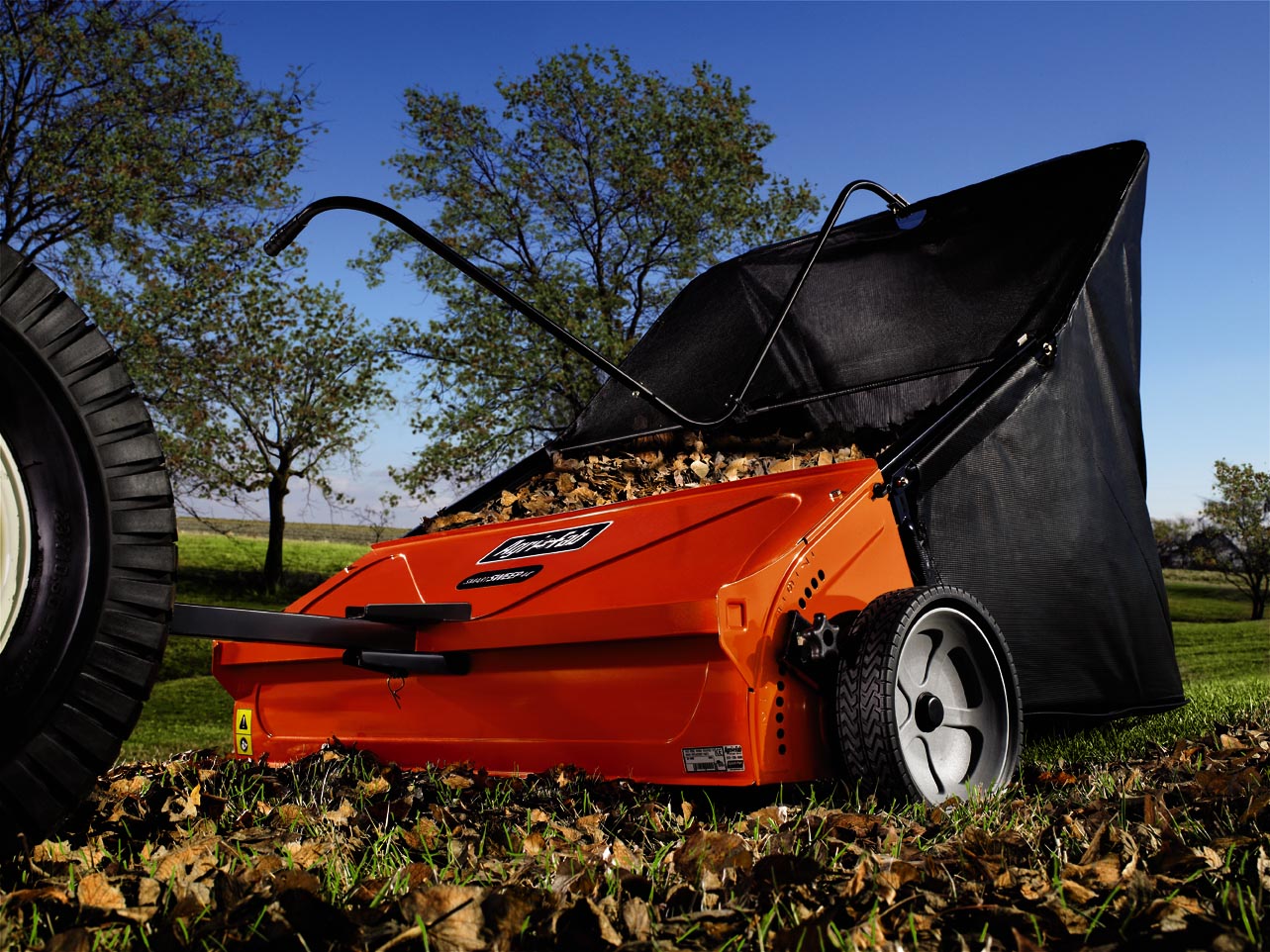 I have extensive experience mowing lawns. Some of the machines used over the years to mow are push mowers, weed wackers, riding lawn mowers, zero turns and full size tractors. I understand the correct trim heights due to climate, rain levels and temperatures. Below is a brief explanation of lawn maintenance.
I have extensive experience mowing lawns. Some of the machines used over the years to mow are push mowers, weed wackers, riding lawn mowers, zero turns and full size tractors. I understand the correct trim heights due to climate, rain levels and temperatures. Below is a brief explanation of lawn maintenance.
Maintaining a rough lawn requires only occasional cutting with a suitable machine, or grazing by animals. Maintaining a smooth and closely cut lawn, be it for aesthetic or practical reasons or because social pressure from neighbors and local municipal ordinances requires it,[8] necessitates more organized and regular treatments.
Summer lawn care requires raising the lawn mower for cool season grasses, and lowering it for warm season lawns.[clarification needed] In order to remain green, grass lawns will require longer and more frequent watering, best done in early morning or evening to reduce evaporation. When grass is actively growing is also the time to apply an all-purpose fertilizer.
In the autumn, thatch buildup that occurs in warm season grasses should be removed, although lawn experts are divided in their opinions on this. This is also a good time to add a sandy loam top dressing and apply a fertilizer containing some type of wetting agent.[clarification needed] Cool season lawns can be planted in autumn if there is adequate rainfall.
Lawn care in the winter is minimal, requiring only light feedings of organic material, such as green-waste compost, and minerals to encourage earthworms and beneficial microbes.
Maintaining high visibility lawns may require special maintenance procedures:
- Mowing regularly with a sharp blade at an even height
- Not mowing when the lawn is wet
- Removing no more than 30% of the plant tissue in any one cut
- Alternating the direction of cut from the previous mowing
- Scarifying/dethatching and sweeping/raking (to remove dead grass, leaves, and other debris, and to prevent tufting)
- Rolling, to encourage tillering (branching of grass plants) and to firm the ground (for sports use only)
- Top dressing with sand, soil or other material
- Aeration with a spike aerator or plug/core aerator (to relieve compaction of the soil and allow greater absorption of nutrients)
- Seeding to cover patchy areas and maintain thick turf
Lawn. (n.d.). In Wikipedia. Retrieved January 4, 2014, from http://en.wikipedia.org/wiki/Lawn
Pingback: vilitra 40 mg erfahrungen
Pingback: vardenafil troche
Pingback: grandpashabet
Pingback: plaquenil 200mg
Pingback: hydroxychloroquine and rheumatoid arthritis
Pingback: grandpashabet
Pingback: Why does the pull out method fail buy hydroxychloroquine 200 mg?
Pingback: child porn
Pingback: cost of 5mg cialis daily
Pingback: buy viagra online
Pingback: buy lasix online cheap
Pingback: Anonymous
Pingback: Cenforce 100mg pill
Pingback: yasam ayavefe
Pingback: vidalista without prescription
Pingback: clomiphene Citrate 100 mg uses in men
Pingback: porna
Pingback: dapoxetine usa
Pingback: child porn
Pingback: hydroxyquine
Pingback: amoxicillin 850
Pingback: Azithromycin 500 mg tablet
Pingback: vidalista vs cialis
Pingback: purchase Cenforce online cheap
Pingback: fildena ct
Pingback: cenforce 100 là thuốc gì
Pingback: fildena super
Pingback: hydroxychloroquine 200 mg tablet for rheumatoid arthritis
Pingback: casinno porna
Pingback: yasam ayavefet
Pingback: is vidalista safe
Pingback: prix priligy 60 mg
Pingback: super vidalista goedkoop online kopen
Pingback: clomid 50mg
Pingback: clomiphene Citrate
Pingback: clomid 50mg tablets
Pingback: dapoxetine 60 mg
Pingback: priligy over the counter